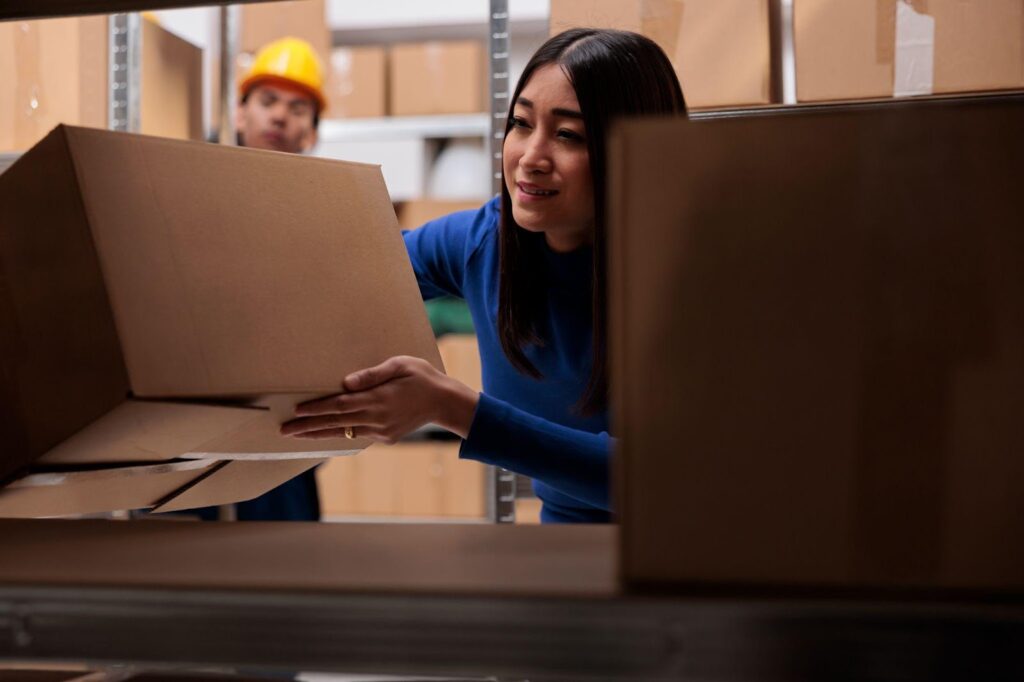Speedy delivery. Immediate tracking. Easy returns. Modern consumers want even more. Because logistics are no longer an afterthought; they are an integral part of the customer experience and your business profitability.
What is retail logistics? How can you improve it without overspending or overworking your team? Let’s break it down.
What is Retail Logistics?
Retail logistics is related to the entire process of seamlessly moving goods from an origin point to the customer’s hands. This includes everything from dealing with a manufacturer and wholesaler to fulfillment, inventory, warehousing, shipping, and even handling returns.
Read more: freight forwarding services
At its core, logistics is about control. This refers to control over inventory: what is in stock, the location of the inventory, how fast it moves through the supply chain, and delivery accuracy. For retail businesses in today’s world, where everything is instantaneous, precision and flexibility of logistics is critical.
The Core Components of Retail Logistics
Recognizing the important components of a retail logistics system gives you a good starting point for improvement. These components include the following.
1. Inventory Management
Inventory refers to the collection of goods available for sale to customers. Retailers depend on inventory to drive sales. However, too much or too little inventory can negatively impact profits. An effective system minimizes deadstock—outdated and obsolete inventory—while improving stock level management through real-time monitoring and AI-based predictive analysis. Management aims to have products flowing, not piling.
2. Warehousing and Storage
The era of passive storage is gone for good. Modern warehousing is agile as well as data driven. Employing smart shelving, optimizing pick paths, and organizing items by selling velocity can boost a fulfillment’s efficiency. In urban centers, micro-fulfillment centers are popping up to meet the demand for quicker delivery.
3. Order Fulfillment
The clock starts ticking the moment a customer places an order, so each second counts. Fulfillment includes the steps; picking, packing, labeling, and dispatching. Errors lead to late or incorrect deliveries. Any sort of returns or mistakes hinge upon an unfulfilling business reputation. And in today’s world, word travels fast. Screw up once, and your reputation’s on thin ice.
4. Shipping and Last-Mile Delivery
Shipping gets the product to the customer, but the last mile is where the pressure is. It is the most expensive and time-consuming out of everything in the supply chain, and yet it is what the customer remembers most.
Using advanced logistics platforms like Mile ensures that businesses can seamlessly automate routes, track real-time deliveries, and ensure timely arrivals without unnecessary hassle.
The Growing Importance of Retail Logistics
Why is retail logistics receiving so much focus? It’s quite simple—the retail world has changed for good.
Shoppers now demand speed, visibility, and ease of access. It’s no longer about physical stores versus digital outlets; the two have integrated. Moreover, it’s not just local competition—it’s global.
Once treated as a back-end function, logistics is now a key component of business strategy. It affects:
- Delivery speeds and shipping costs
- Customer satisfaction and loyalty
- Operational costs and profitability
- Scalability and market reach
In short, poorly designed logistics leads to a bad customer experience and that translates to revenue loss.
How to Improve Your Retail Logistics
Let’s address how we can streamline retail logistics without causing staff burnout and staying within budget.
1. Leverage Smart Technology
Put inventory management, fulfillment automation, and delivery tracking on logistics software to streamline processes. The right systems improve delivery accuracy, provide real-time visibility, automate repetitive tasks, reduce human error, and enable your team to prioritize critical functions.
2. Go Omnichannel, But Stay Coordinated
Retailers can now fulfill orders from various sources like warehouses, physical stores, or even through third-party logistics partners. While it may sound efficient, it only functions properly when all systems communicate with one another.
3. Improve Demand Forecasting
AI in retail logistics isn’t just number-crunching; it’s like having a crystal ball. Effective AI can harness the power of historical sales, market trends, and even seasonal patterns to plan ahead, providing accurate estimations way beyond the capabilities of a spreadsheet.
4. Streamline Your Last-Mile Delivery
Last-mile logistics is both an area where costs can spiral out of control and loyalty can be earned. Look at local delivery partners, refine delivery areas, and set flexible delivery times. Some companies also offer live GPS delivery tracking for additional transparency. Because reliability is far more important for clients than speed.
Final Thoughts
Investing in retail logistics should not simply be viewed as a cost centre; it can also be seen as a powerful growth driver for the business. When strategically managed, retail logistics minimizes friction, enhances efficiency, and maximizes customer satisfaction. The right approach and tools empower small retailers to effectively compete with the larger retail chains.
The retail landscape is rapidly shifting toward agility, speed, and a pivotal focus on logistics. Are you ready to move with it?
